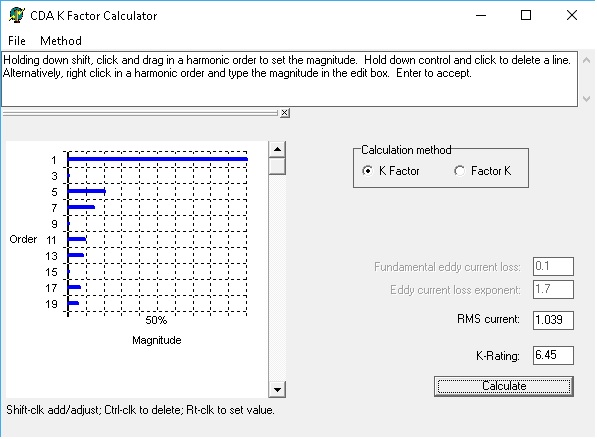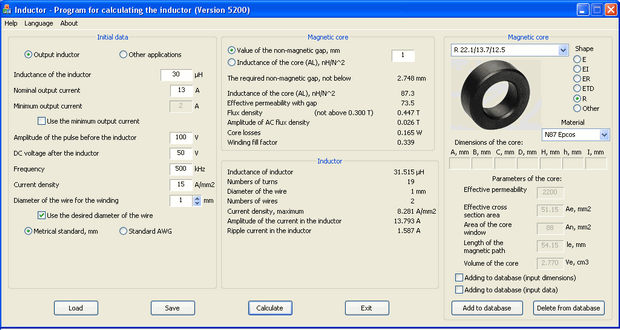Excellent It Smps Transformer Calculation Tool
PowerEsim is free SMPS power supply design, manufacturer & product database/list, switching converter topologies, circuit analysis, magnetic design software. Jun 23, 2019 - How to calculate SMPS Transformer for winding turns, copper diameter, turns, working frequency formulas. The primary winding,effective Input voltage,maximum flux and how to maximize voltage current and output stability you visit. An SMPS transformer becomes apparent at the output of all forward-mode converter. Converters applying the forward, push-pull, half-bridge and full-bridge topologies are typically forward-mode converters. Therefore, calculation of the output inductance employs the equivalent techniques for any 4 of these kinds of widely used topologies. The Thayer School of Engineering at Dartmouth maintains an excellent on-line freeware tool for predicting cop. Flyback SMPS Transformer choice. Ask Question Asked 5 years, 6 months ago. What i was looking for is to just take a off the shelf transformer and put that into the design tool to calculate the value's of the components around it. I present to you my program for the calculation of transformers. In your theme SMPS transformer design tool. Are working on Excellent.
- Excellent It Smps Transformer Calculation Tool 2017
- Excellent It Smps Transformer Calculation Tool Free
Another Transformer Calculator
Many times I've had to go through old documentation to figure out how to wind a transformer. I decided to put the calculations in a web-based calculator. It is a simple calculator - it just calculates the number of turns. You have to figure out how big the wire needs to be and if it will fit on the bobbin.
The two things you need to know about the transformer are the Bmax, which you can generally guess at without too much trouble, and the cross-sectional area in cm2. Bmax is the maximum flux density you want in the core. 1500G with a 3622-77 pot core at 25kHz will produce 0.68W in core losses. Lower the Bmax as the frequency increases. Don't use type 77 over 100kHz. For type 77 it looks like you can't saturate the core if you keep Bmax below 3000, but then those core losses will get you. One-half to one-third of that is more appropriate. Your turns count will increase as you decrease the Bmax. So will your winding losses. Ae is the cross-sectional area, and that is always in the datasheet. If it is given in mm2 divide by 100 to get cm2.

Pay attention to the switching frequency. If you are using something like an LM3524D, the frequency it runs is twice the actual transformer frequency. If it has a clock frequency of 50kHz, the transformer is only running at 25kHz. If you don't take that into account you will design a transformer that is very much too small for the frequency.
Excellent It Smps Transformer Calculation Tool 2017

Excellent It Smps Transformer Calculation Tool Free
When I get a fractional turn on the primary, I round up. It is safer than rounding down. Higher turns on the primary means more inductance and less current at the same frequency. If you round down, you may increase B to the point that the core saturates or overheats. You'll also have to decide if you need to round up any secondaries, since rounding the primary changes the number of turns required on the secondary.